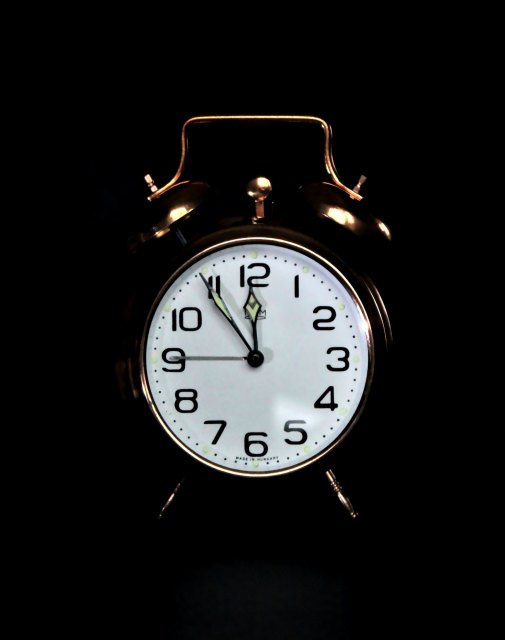In kindergarten I was given a box of eight crayons, large ones with one flat side to keep them from rolling off the table. I had little problem making the necessary connections critical to the development of a five-year-old: the sky is blue, leaves and grass are green, tree trunks are brown and flowers are either red, purple, yellow or orange—the only options remaining to a budding Picasso.
 As my education progressed through the halls of St. George School, my mom widened my artistic horizon with purchases of first a box of 16 crayons and then a box of (wow!) 24. The augmented number of crayons quietly reflected a perceived educational curve that an elementary school student was expected to follow: leaves could be dark green or light green; the sky could be a lighter or darker shade of blue. A gray crayon was provided without irony to indicate that the world around us was not all black and white.
As my education progressed through the halls of St. George School, my mom widened my artistic horizon with purchases of first a box of 16 crayons and then a box of (wow!) 24. The augmented number of crayons quietly reflected a perceived educational curve that an elementary school student was expected to follow: leaves could be dark green or light green; the sky could be a lighter or darker shade of blue. A gray crayon was provided without irony to indicate that the world around us was not all black and white.
As I colored and shaded and interpreted the said world around me, I longingly eyed the box of 64 Crayola crayons that Tatiana Zozulya’s parents had the wherewithal to purchase for their little princess. Quite fittingly, her box had the gold and silver crayons deemed too aristocratic for the hoi polloi.
Our education, continuing into high school and beyond, was weaned off crayons certainly by the fifth grade. But the Crayola lesson was incorporated into virtually every class we took. You see, life, history, politics, literature and art are all tinged with different shades of color, different nuances of opinion or expression. Even science and technology, disciplines one would expect to be rather black and white, present shades of interpretation and intent: an otherwise deadly drug can have beneficial side effects that eradicate a stubborn disease; the freedom of the Internet allows the presence and intrusion of unwanted content.
It is ultimately up to each individual to decide whether to color life with a box of 8 crayons or 64. Almost universally it is beneficial for one to learn the difference between Burnt Orange and Burnt Sienna in writing a paper or blog or dealing with delicate personnel issues in a corporate environment. Understanding shades of meanings in words or actions can mean the difference between success and misery. And those across from you in a social or business interaction will judge and appreciate your wielding an array of colors to meet their wishes or achieve a compromise. Knowledge and ability are not qualities than can be printed on a business card, but they become obvious once a conversation starts and the crayons come out.
Some people use every crayon in the largest Crayola box for the sheer joy of it. Others explore every color and learn how to use it to its best advantage when the time is right. You can never go wrong expanding your universe of knowledge and ability to communicate with others. It’s not all that difficult once you begin to use every crayon in the box.



